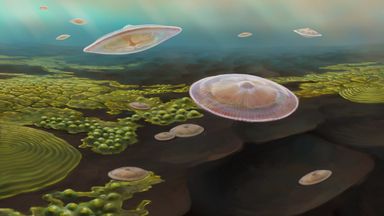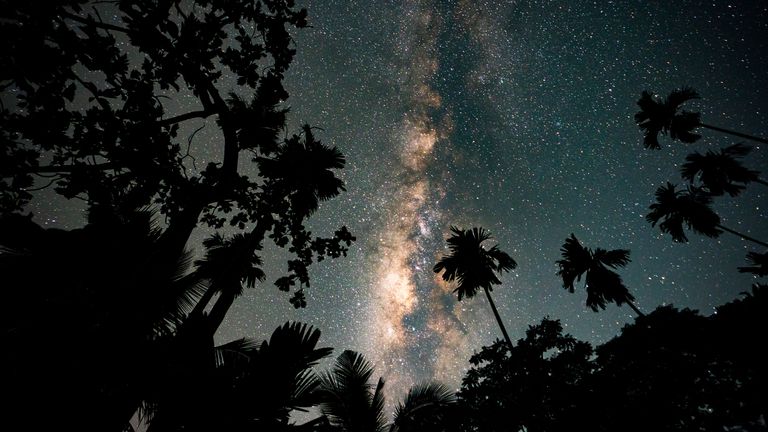Two meteor showers are due to light up the night sky over the southern states simultaneously this week as they both peak within days of each other.
The Southern Delta Aquariid meteor shower is due to hit its peak tonight on July 29, while the Alpha Capricornids will peak tomorrow on July 30.
These showers will appear to originate near the constellation Aquarius in the case of the Delta Aquariids, and the constellation Capricornus for the Alpha Capricornids, but the meteors may appear anywhere in the night sky over the U.S.
The Southern Delta Aquariids are best viewed from the Southern Hemisphere but can also be seen from lower latitudes in the Northern Hemisphere, while the Alpha Capricornids can be viewed from both the Northern and Southern Hemispheres. This means that more southern states will have the best view of both showers.
"The Southern Delta Aquariids and the Alpha Capricornids are two meteor showers that peak on the nights of the 29th and 30th of July respectively," Gregory Brown, an astronomer at the Royal Observatory Greenwich in the U.K., told Newsweek.
The Alpha Capricornids will be visible until around August 15 this year, while the Delta Aquariids will run until August 21. The famous Perseids meteor shower will peak before these two showers completely end, on August 12.
What Are Meteor Showers?
Meteor showers are caused by the Earth passing through the trail of debris left behind by a comet. As the comet travels through space, it sheds tiny pieces of rock and dust. When the Earth moves through this debris field, these particles enter our atmosphere at high speeds, burn up, and create bright streaks of light in the sky.
"If it just so happens that the Earth runs through one of these streams of dust and debris laid down by a comet, we get a meteor shower. The dust crashes into our atmosphere and ablates about 80 kilometers (50 miles) above the ground, visible from the ground as a meteor (or 'shooting star')," Jonti Horner, an astrophysics professor at the University of Southern Queensland, Australia, previously told Newsweek.
What Are the Southern Delta Aquariids?
Astronomers aren't entirely sure which comet is responsible for this meteor shower, but highly suspect that Comet 96P/Machholz may have left the trail that triggers these shooting stars.
This shower occurs annually around the same time each year, and usually results in up to around 25 meteors per hour.
What are the Alpha Capricornids?
The Alpha Capricornids is caused by the trail of dust and ice left behind by the comet 169P/NEAT. This shower has fewer meteors per hour than the Southern Delta Aquariids, with only around 5 per hour usually being seen, but this shower's meteors are often brighter and can produce impressive fireballs that are slow-moving and can leave persistent trails.
How to Watch These Meteor Showers
To get the best viewing experience of these showers, find a location away from light pollution where the sky is as dark as possible. Ensure the weather forecast predicts clear skies for the night of the meteor shower, as cloudy skies can obstruct your view. Allow your eyes about 20 to 30 minutes to adjust to the darkness, and avoid looking at your phone or any bright lights.
The light from the moon can be a major issue when trying to view meteor showers. Luckily, the moon will be about only 20 and 30 percent full on the nights of these showers' peaks, and will rise after midnight, meaning that the best time to spot the showers is between midnight and moonrise.
"As with most meteor showers, the best time to see them is in the early hours of the morning, just after midnight, though lower rates can be seen throughout the night. Try and find somewhere with limited light pollution from cities and ideally a low horizon. There's no need for a telescope or binoculars here; in fact, it's a bad idea to use them," Brown said.
Do you have a tip on a science story that Newsweek should be covering? Do you have a question about meteor showers? Let us know via science@newsweek.com.
Disclaimer: The copyright of this article belongs to the original author. Reposting this article is solely for the purpose of information dissemination and does not constitute any investment advice. If there is any infringement, please contact us immediately. We will make corrections or deletions as necessary. Thank you.



